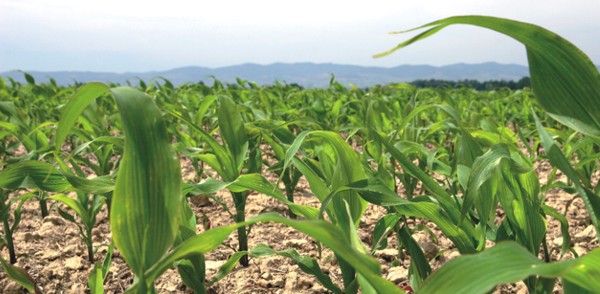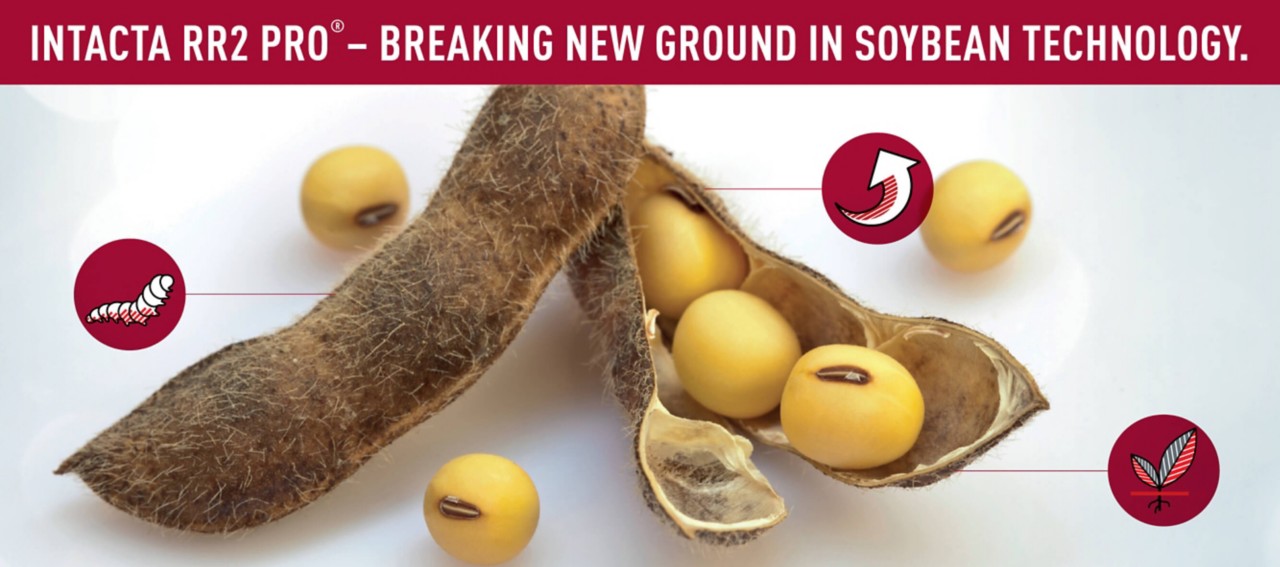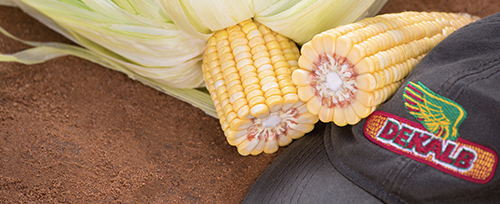The above-mentioned hybrid characteristics listed in order of importance, must be confirmed with data and interpreted by taking your own circumstances into consideration.
Hybrid placing and positioning must be done with your DEKALB® representative to ensure that the correct hybrid is chosen according to your specific environment.
How does positioning differ in the primary maize regions of South Africa?
The west mostly consists of white plantations with specific reference to DEKALB’s white hybrid packages.
The top two hybrids in DEKALB’s maize range, are definitely the flagship DKC76 range consisting of the stacked gene DKC76-77BR, the BT DKC76-75B, the Roundup® DKC76-73R and the conventional DKC76-71. And then the best performing DKC75-65BR with strong germination that reigns supreme in the top yield category.
Old stalwarts like DKC77-77BR and DKC78-45BR are still available to be added to your package. One of the advantages of the DEKALB ranges is that their characteristics differ which means that there is a suitable hybrid for every client’s needs. Yield is sometimes seen as a hybrid characteristic, while it is actually the result of various management and environmental factors’ interaction with genetics.
Hybrid characteristics differ a lot. How is a client supposed to decide when making a hybrid choice?
Before making a decision, there are various questions that must first be answered. The positioning of hybrids depends on numerous factors, for example planting date, plant stand, row width, soil profiles, available moisture, fertilisation levels, weed pressure and crop rotation systems, to only name a few. Furthermore, there are unpredictable factors such as climate, rainfall, disease pressure and pests and plagues. Other characteristics that are important to clients must also be investigated, such as yield, stability, grow length, grain quality, disease and insect tolerance and agronomical characteristics of the hybrid. It all plays a role in the hybrid choice.
By answering these questions, the puzzle is completed, and the right choices can be made to suit the producer’s unique circumstances.
A tool like Climate FieldView™ can also help the producer to monitor and analyse his own data. In doing so, his own farm becomes a source of data to help with hybrid positioning for the next season. Climate FieldView™ can also be used to indicate variation in trials, for example plant stand, soil differences, weed control, etc.
The positioning of hybrids is very important. It not only means success for the farmer, but it also helps with the spreading of risk. Bayer has top agronomists and sales staff with knowledge to assist each client, give the correct advice, and to answer important questions while taking the client’s unique circumstances into account.
What must farmers take into consideration when making a hybrid choice, according to Bayer?
At Bayer we evaluate different characteristics before placing a new hybrid on the market. A DEKALB hybrid normally goes through a testing phase of about seven years before being placed on the market. Ideal maize does not exist. We try to put the best characteristics together to offer the best solutions to our producers. It is very important to inspect data to ensure the least amount of variation. Only one variable must be measured at a time.
The producer must take the following into consideration:
1. Gather as much information as possible when choosing a hybrid.
2. Hybrid performance differs between seasons; therefore, it is necessary to gather data over many years.
3. Various localities are necessary to eliminate environmental factors.
4. A package is recommended to minimise uncontrollable risks.
No hybrid will win every trial every time, even if it delivers a very high yield. The more data you can gather and the more comparisons you make, the better chances will be that you make the right choice. Be careful not to focus on yield too much and ignore other agronomic characteristics.





